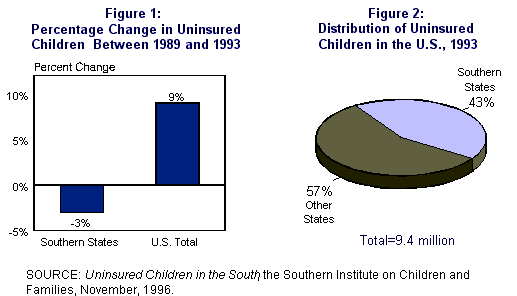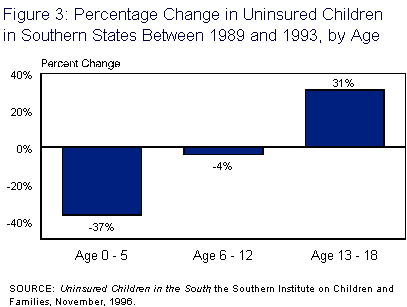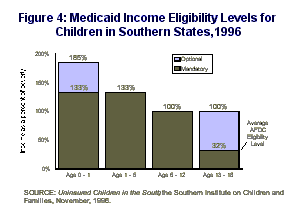The Kaiser Survey on Public Knowledge and Attitudes about STDs other than AIDS
Questionnaire and Toplines
November 20, 1996
Conducted for The Henry J. Kaiser Family Foundation by Market Facts, Inc.
Number of Interviews: 707 men and women ages 18-64 Margin of Error: plus or minus 4 percentage points Dates of Interviewing: November 8-10, 1996
1. Can you tell me the names of any sexually transmitted diseases or S.T.D.s, which also used to be called V.D. or venereal diseases? (Probe once:) What others can you name? (Do not read list. Enter all that apply.)
Gonorrhea 68% AIDS or HIV or human immunodeficiency virus 60% Syphilis 53% Herpes or genital herpes or herpes simplex virus or HSV 37% Chlamydia 24% Warts or genital warts or human papilloma viruses or HPVs 7% HBV or Hepatitis-B virus 4% Pubic lice 4% Crabs 3% Trich or trichomoniasis 2% BV or bacterial vaginosis 1% Chancroid 1% Other 4% None 7% Don’t know 4% Refused/No answer 1%
As you may know, HIV or AIDS is one of the most serious sexually transmitted diseases. Now I am going to ask you a few questions about sexually transmitted diseases OTHER than HIV or AIDS.
2. To the best of your knowledge are there ways that sexually active people can avoid getting sexually transmitted diseases?
Yes 93% No 6% Don’t know 1% Refused/No answer *
3. To the best of your knowledge, are all sexually transmitted diseases curable?
Yes 17% No 80% Don’t know 3% Refused *
4. Of every 100 people in this country, how many do you think will become infected with a sexually transmitted disease at some point in their lives? Just give me your best guess by responding with any number between 1 and 100 (Enter number from 1 to 100. Do not accept a range.)
1-10 16% 11-20 12% 21-30 16% 31-40 7% 41-50 20% 51-60 6% 61-70 4% 71-80 11% 81-90 4% 91-100 3% Don’t know 11% Mean answer given: 42% Percent responding with correct answer (21 to 30): 16%
5. Do you know anyone who has had a sexually transmitted disease? Again we are asking about sexually transmitted diseases other than HIV or AIDS.
Yes 45% No 54% Don’t know * Refused * 6. Do you think the number of people getting infected with sexually transmitted diseases has gone up, gone down or stayed about the same over the last 10 years? (Do not read list. Enter only one response.)
Gone up 72% Stayed about the same 17% Gone down 9% Don’t know 2% Refused *
7. Do you think the average person is more likely to get HIV or AIDS or some other sexually transmitted disease like herpes or gonorrhea? (Do not read list. Enter only one response.)
HIV/AIDS 25% Other STD like herpes or gonorrhea 55% Both just as likely 12% Don’t know 7% Refused/No answer 1%
8. Does having a sexually transmitted disease, other than HIV or AIDS, make a person more vulnerable to being infected with HIV or AIDS, less vulnerable, or does it have no effect? (Do not read list. Enter only one response.)
More vulnerable 44% No effect 43% Less vulnerable 3% Don’t know 10% Refused *
9a. If you wanted to get tested to see if you were infected with a sexually transmitted disease, which one of the following would be the most important factor in choosing where to get tested? (Read and randomize list.)
Expertise of the person giving the test 56% Confidentiality 29% Convenience 7% Cost 6% Don’t know (do not read) 2% Refused/No answer (do not read) * (Delete answer given in QU. 9a. before displaying answers for QU. 9b. Keep QU. 9b. in same order as QU. 9a.)
9b. Of those items remaining, what would be the next most important? (Read list. Enter only one response.)
Confidentiality 44% Expertise of the person giving the test 27% Cost 14% Convenience 14% Don’t know (do not read) 1% Refused (do not read) *
10. If you were to get tested or treated for a sexually transmitted disease, would you be reluctant to use your normal health insurance arrangement?
Yes 29% No 68% Don’t know 2% Refused/No Answer 1%
11. A test is being developed that can be used at home to test for a sexually transmitted disease, other than AIDS or HIV. To use this test, you would buy a kit in a drug store, provide a urine sample, and send your sample to a laboratory. Then, you would get the results by calling a confidential telephone number. If you thought there was a chance you might have a sexually transmitted disease, how likely would you be to use this home test, very likely, somewhat likely, not too likely, or not at all likely? (Do not read list. Enter only one response.)
Likely (net) 57% -Very likely 34% -Somewhat likely 23%
Not Likely (net) 42% -Not too likely 14% -Not at all likely 28%
Don’t know 1% Refused/No answer *
12. Do you think most people really do each of the following, or not? Do you think most people really (insert phrase), or not?
Yes No Don’tKnow Refused Ask a new sexual partner if he or she is infected with any sexually transmitted diseases 12% 85% 3% * Tell a new sexual partner if they are infected with a sexually transmitted disease 11% 86% 3% * Use condoms each time they have sex with this new sexual partner 22% 75% 3% * Use protection when they have oral sex, like using a condom 4% 89% 7% * Get tested for sexually transmitted diseases before they have sex for the first time or stop using condoms 11% 85% 4% * Use condoms to prevent sexually transmitted diseases if they are already using a different kind of birth control to prevent pregnancy 31% 65% 4% *
13. Do you think the government should require that all health insurance plans pay for tests for sexually transmitted diseases?
Yes 66% No 32% Don’t know 2% Refused/No answer *
14. Do you think teens should have to get their parents’ permission to get tested and treated for sexually transmitted diseases, or not?
Yes 32% No 67% Don’t know 1% Refused/No answer *
15a. Do you think high schools should provide teenagers with information about sexually transmitted diseases and how they are spread?
Yes 95% No 4% Don’t know 1% Refused/No answer *
15b. Do you think high schools should make condoms available to those teenagers who want them to protect themselves against sexually transmitted diseases? (Do not read list. Enter only one response.)
Yes 53% No 44% It depends 1% Don’t know 2% Refused/No answer *
95-1773A-04b
Return to top
The Kaiser Survey on Public Knowledge and Attitudes about STDs other than AIDS:Report Survey


